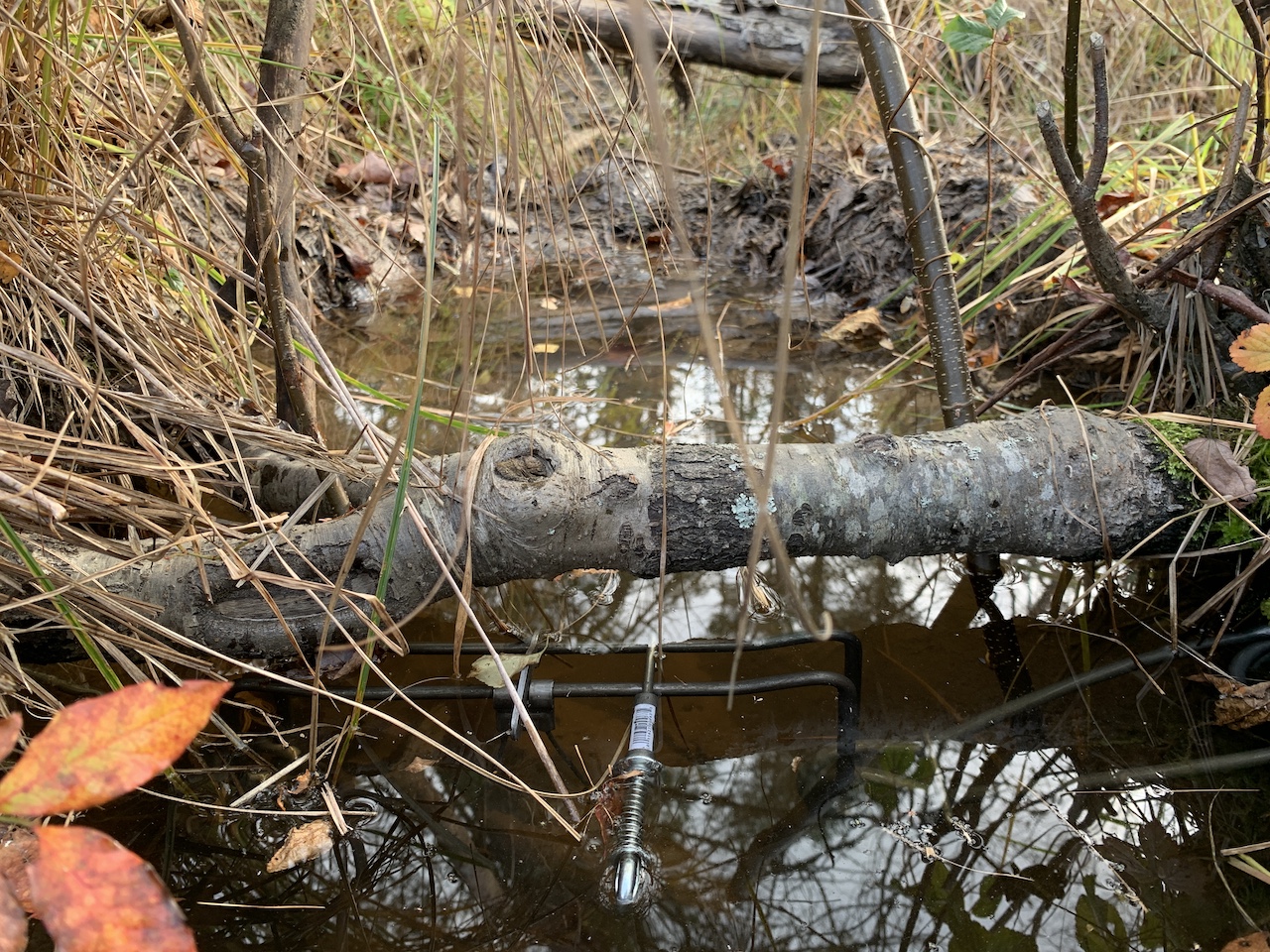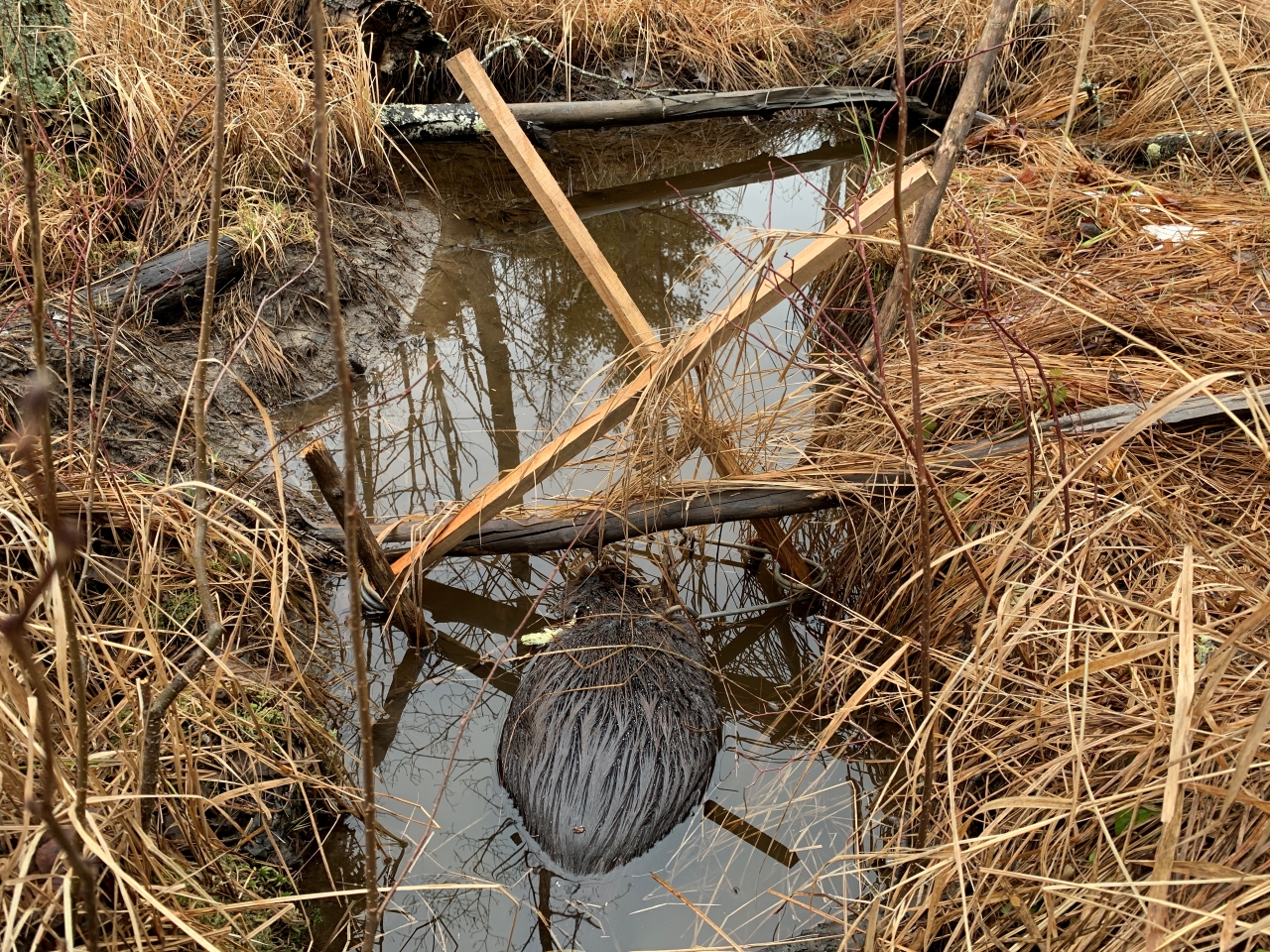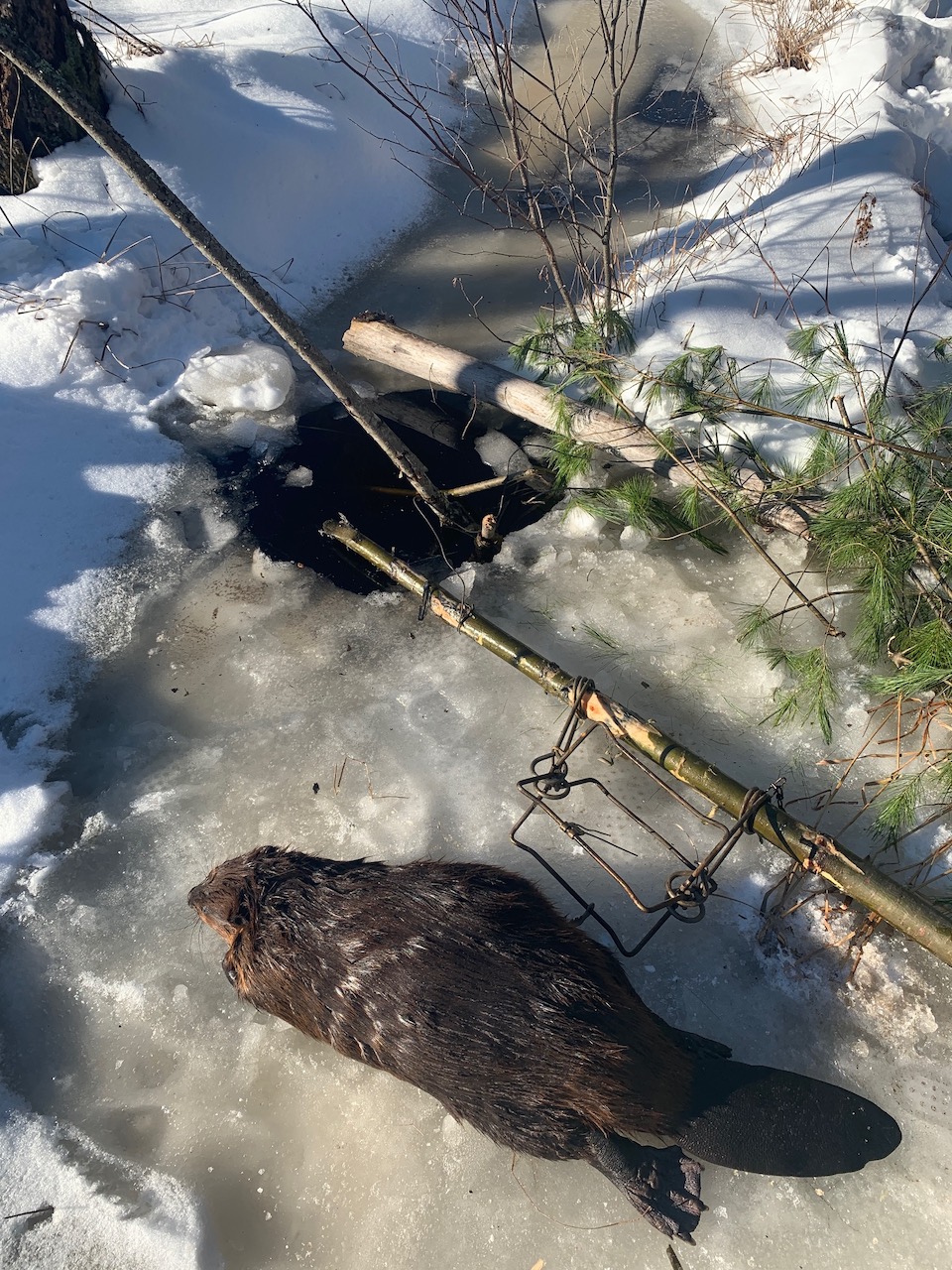This post will cover how to trap beavers for beginners. You’ll learn everything from beaver trap sets to gear/equipment that is needed to have success trapping beavers.
Credentials
I’m a licensed professional Animal Damage Control Agent (ADC Agent) and professional wildlife ecologist and have been successfully trapping beavers in my time as ADC Agent. I have some useful tips and tricks to help get you started. Let’s jump in…
Study Local Trapping Laws
As a beginner, you should first become very familiar with your local beaver trapping regulations. Going through the lawbook can be tedious, especially when you want to get outside and get your traps out, but following the law is very important when beaver trapping for both the beavers and the trapper.
Some laws that might apply in your state:
- Submerged Traps
- Trap Tags
Beaver Trapping Gear For Beginners
You don’t need all of this beaver trapping gear to get started, but most of the gear is helpful to have when trapping beavers. Each area you trap in will be different therefore it is nice to have all the gear so you don’t have to keep going back to the store.
- Chest Waders
- Rubber Gloves
- Trapping License
- 2 or 3 lbs Hammer
- Trowel
- Shovel
- Castor Gland
- 16-Gauge Wire
- Wire Cutters/Pliers
- Hatchet
- Pocket Knife
- 24″ T-Bar Stakes
- H-Stands For Traps
- Trap Tags
- Body Gripping Traps
- Foothold Traps
- Trap Safety
- Trap Setters
- Pack/Gear Basket
- Jet Sled
- Dispatch gun/club
- Wooden Grade Stakes
How To Trap Beavers For Beginners
Determining What Trap To Use For Beaver Trapping
I would suggest using #330 Conibear traps for beginners. These traps require very little work to make them ready for trapping beavers out of the box. Conibear traps are spring-loaded traps that will clamp down and often immediately kill a beaver by breaking its spine. These are very ethical traps when used right because there is often no suffering.
Foothold traps are also an option by requiring you to make a drowning rod, which can be time-consuming especially if you don’t have the right tools. I’ve found these traps to work well when beavers have learned to avoid conibear traps.
For foothold traps, you’ll want a bigger trap because beavers have large hind feet. I use the TS-85 and MB-750 models.

Practice Using Your Gear Before Heading Out
If you have little experience with beaver trapping gear, I would suggest practicing with the equipment first so it will be easy for you once you get in the field. This is a good idea because safely using traps takes time to figure out. It’s best to practice under ideal circumstances so you can be as safe as possible while you’re learning.
There’s more involved than just setting up the traps. There are ways to maneuver the traps when setting them up so that you completely reduce the risk for getting yourself caught in the trap. However, you might not learn these skills unless your practice first. Additionally, you should learn to use the safety equipment in conjunction with the traps to further prevent accidents in the field.
Figuring Out Where To Trap Beavers
Once you’ve bought your conibear traps it’s time to get them in the water. Beavers aren’t too secretive, they leave very obvious sign most of the time. You’ll often see some combination bank dens, food caches, beaver houses, and beaver dams. These are good indicators that beavers are using the area. You can often see these areas by using Google Earth imagery.
Before you start trapping you will need to gain permission to trap on properties. Instead of asking permission first I often go on scouting missions without bringing my traps. The areas I have chosen to scout have been found using Google Earth imagery based on where I believe beavers would be found based on habitat. If an area looks like it has beavers, I will then go and ask for permission to trap on the property. Asking permission after I’ve scouted saves me time because what’s the point of asking permission if there are no beavers?
That said, each scenario is different. I do ask for permission first if I’m planning to scout in a more populated area. Additionally, some states require you to get permission first before even walking on a property.
Pinch Points / Stream Channels
Using pinch points and skinny stream channels is the best way for beginners to trap beavers because there is a high likelihood that a beaver will get caught. These types of spots are still my favorite beaver sets. Beavers love skinny channels because they utilize them for traveling an area easily.
I will set my #330 Conibear trap so that it is completely submerged, then I will place a stick on top of the trap (aka dive stick) so that beavers will want to naturally swim under the stick and into the trap. I will use other sticks to funnel the beavers into the trap and to keep them from getting around my traps. Basically, I want the beavers to think that the easiest way to get from Point A to Point B is through my trap. I have had great success with this method.

How To Trap Beavers Under Ice
My method for trapping beavers under the ice is very similar to trapping beavers without ice. I look for pinch points for small channels. Then I chisel a hole in the ice in the middle of the channel. I will do my best to block beavers from swimming on either side of my traps with sticks.
The main difference is how you place your traps. To catch beavers in icy conditions the water will need to be deeper otherwise it will freeze all the way through and no beavers will use it. For this reason, you will find yourself placing traps in deeper water. To use your conibear traps under ice and in deeper water, you will need to create a pole to put your conibear trap on (see photo below).
With a pole, you can adjust your trap to the appropriate height. Once you determine the correct height you can fasten your trap to the pole using wire. To create a pole you place the pole through both of the springs of the trap.

Trap-Shy Beavers
If you continually trap beavers out of an area the remaining beavers will become trap-shy. It is impressive how smart they are at avoiding traps once they are onto you. To catch these trap-shy beavers it is important to mix things up. For example, you may need to deploy different trapping methods like using a foothold trap, or foothold downing sets (make sure they’re legal in your area).
Camouflage Your Traps
When beavers have smartened up to your traps and are trap-shy you will need to camouflage your traps a lot better. Using natural vegetation from the surrounding area will help keep your traps more camouflage.
Lure & Attractors For Beaver Trapping
Beaver Castor
Beaver castor is secreted from their castor gland. They use castor to mark their territory. Since beavers are territorial, castor gland scent can be used to pique curiosity and their territorial instincts. This scent is best used in the spring when beavers are naturally leaving their scent on castor mounds.
That being said, I try not to use castor scent unless it’s a last resort because I don’t want beavers to associate the scent with my traps. For example, if you catch one or two beavers using the scent, other beavers will learn that the scent is associated with dead beavers. Thus, they will start avoiding your traps. But if you don’t use scent and instead rely on pinch points, then you are more apt to catch them off-guard for longer. Especially if you move the traps around.
Aspen Sticks And Shavings
You can also shave sticks of trees that beavers will eat Aspen sticks that have been shaved down to show the bark can attract beavers both visually and entice them to toward food. I haven’t used this method as much because I’ve found sticking to pinch points has worked well for me. In areas where there are no good pinch points, sticks that have been shaved may work.
Conclusion
Hopefully, this post has helped you learn how to trap beavers. The process of learning to trap beavers is a lot of fun. The strategy behind setting traps and then seeing if your sets were successful is rewarding.
You might also find this post helpful if you’re new to beaver trapping:
Beaver Trapping Gear For Beginners | What You Need To Start Beaver Trapping
Looking For More Information On Trapping? Find Me On:
- YouTube













